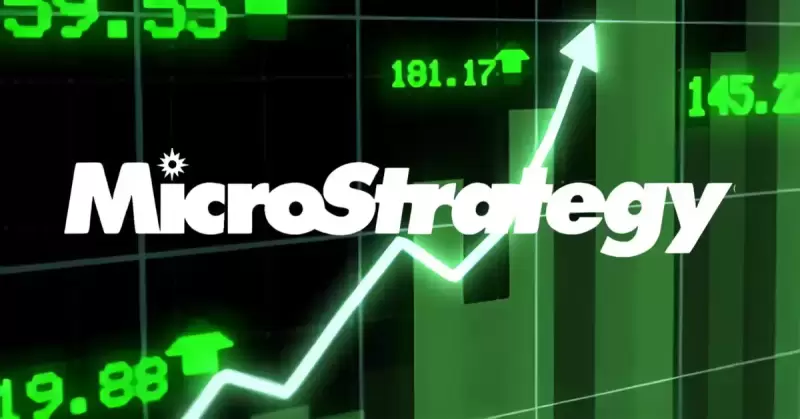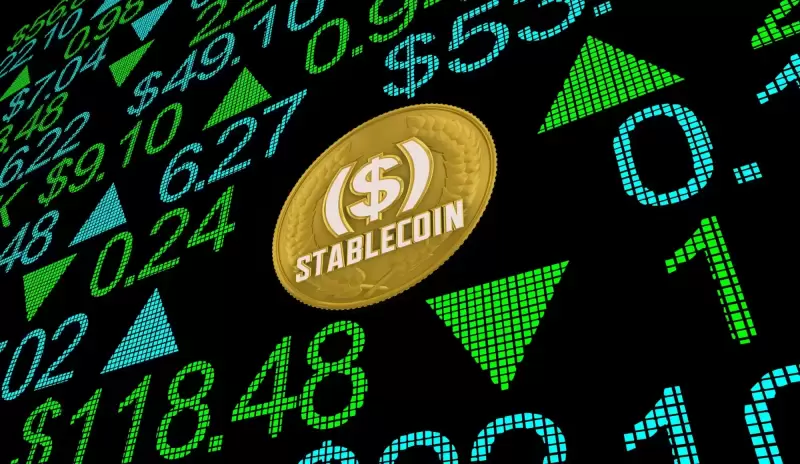 |
|
 |
|
 |
|
 |
|
 |
|
 |
|
 |
|
 |
|
 |
|
 |
|
 |
|
 |
|
 |
|
 |
|
 |
|
Cryptocurrency News Articles
Digital asset prime broker FalconX has successfully executed the first-ever block trade for CME Group's Solana futures
Mar 17, 2025 at 09:42 pm
FalconX, headquartered in San Mateo, California, facilitated this trade to provide institutional investors with a regulated avenue to manage risk and price exposure in the volatile crypto market.

Digital asset prime broker FalconX has executed the first-ever block trade for CME Group’s Solana futures, with StoneX serving as the counterparty, just one day before the official launch of Solana futures on Friday, March 17.
This landmark transaction marks a significant moment for institutional participation in the SOL derivatives market.
Headquartered in San Mateo, California, FalconX is known for providing institutional investors with a regulated avenue to manage risk and price exposure in the volatile cryptocurrency market.
“We are pleased to have executed this first-ever block trade for CME’s Solana futures,” said Josh Barkhordar, Head of U.S. Sales at FalconX. “This trade is a testament to our commitment to providing liquidity and hedging opportunities for our institutional clients.”
With increasing institutional demand for Solana, CME Group introduced its SOL futures in February, expanding its portfolio of regulated crypto derivative products. This move is also seen as a possible stepping stone toward a Solana-based exchange-traded fund ETF, following the path previously taken by Bitcoin and Ethereum.
A block trade is a large, privately negotiated transaction that takes place outside public order books to avoid market disruptions. In both traditional and crypto derivatives markets, these trades are crucial for institutions handling massive positions without causing sudden price fluctuations.
CME’s Solana futures contracts come in two sizes: standard contracts covering 500 SOL and micro contracts covering 25 SOL. Both contracts are cash-settled using the CME CF Solana-Dollar Reference Rate, a benchmark calculated daily at 4:00 p.m. London time, providing a transparent pricing mechanism for institutional investors.
As regulated derivatives like CME SOL futures gain traction, many asset managers are pushing for spot Solana ETFs. The futures market played a key role in paving the way for Bitcoin and Ethereum ETFs, and Solana could follow the same trajectory.
Several firms have already filed Solana ETF applications with the U.S. Securities and Exchange Commission (SEC), including Franklin Templeton, which manages over $1.5 trillion in assets and submitted its filing in February. Other firms such as Grayscale, 21Shares, Bitwise, VanEck, and Canary Capital have also moved forward with spot Solana ETF applications.
While the SEC has yet to make a decision, the growing institutional adoption of regulated Solana derivatives suggests that demand for traditional financial products tied to SOL is increasing.
FalconX continues to solidify its position as a leading liquidity provider in CME’s crypto derivatives ecosystem. The firm has processed over $1.5 trillion in trading volume, spanning more than 400 tokens for 600 institutional clients.
In January, FalconX acquired derivatives trading firm Arbelos Markets, further enhancing its market presence. The firm also expanded its institutional services through a partnership with TP ICAP’s Fusion Digital Assets in February.
Additionally, FalconX launched a prime brokerage service, enabling institutional investors to trade seamlessly while keeping funds securely held in regulated, bankruptcy-remote custody.
CME Group has seen explosive growth in its crypto derivatives market, driven by increasing institutional interest. Crypto contract daily volume has reached 202,000 contracts, up 73 percent year-over-year. Open interest now stands at 243,600 contracts, marking a 55 percent increase from last year. More than 11,300 unique accounts are actively trading crypto futures on CME.
Solana derivatives on centralized crypto exchanges have also seen a surge in volume. According to Coinglass, SOL derivatives trading volume jumped 66 percent to $7.24 billion in the first quarter of 2025.
Despite the increased activity, Solana’s price has come under pressure. At the time of writing, SOL is trading at $127, down 6.4 percent on the day, and significantly below its January high of $293.31.
While price volatility persists, the launch of regulated Solana futures and growing institutional interest could serve as a long-term bullish catalyst for SOL adoption and integration into traditional finance. Nonetheless, immediate prospects for a substantial rebound in the coming days remain uncertain.
Disclaimer:info@kdj.com
The information provided is not trading advice. kdj.com does not assume any responsibility for any investments made based on the information provided in this article. Cryptocurrencies are highly volatile and it is highly recommended that you invest with caution after thorough research!
If you believe that the content used on this website infringes your copyright, please contact us immediately (info@kdj.com) and we will delete it promptly.
-

-

-

-

- Kalp, a cross-chain platform that focuses on Real-World Assets (RWAs), has announced its strategic partnership with SFT Protocol.
- Apr 20, 2025 at 02:10 pm
- This blockchain-based derivatives platform merges real-world infrastructure with Web3 into decentralized technologies. The aim of this partnership is to build a comprehensive Digital Public Infrastructure (DPI) that helps in creating a strong digital economy for businesses and other purposes.
-

-

-

- The Mantra (OM) Crash Shook Up the Crypto Market, But BlockDAG (BDAG) Is Making Its Own Noise
- Apr 20, 2025 at 02:00 pm
- There is no such thing as a quiet week in crypto. The Mantra (OM) crash shook traders across platforms after a rapid 90% dive in value, leaving liquidations and questions in its wake.
-

-





























































